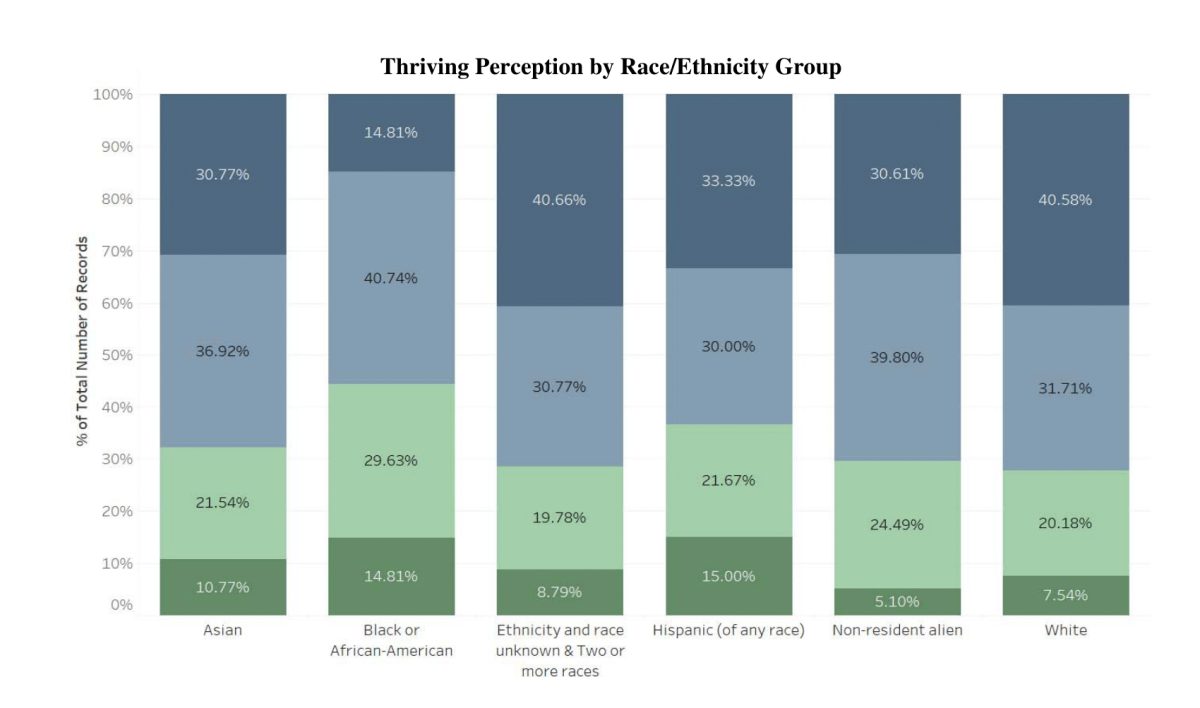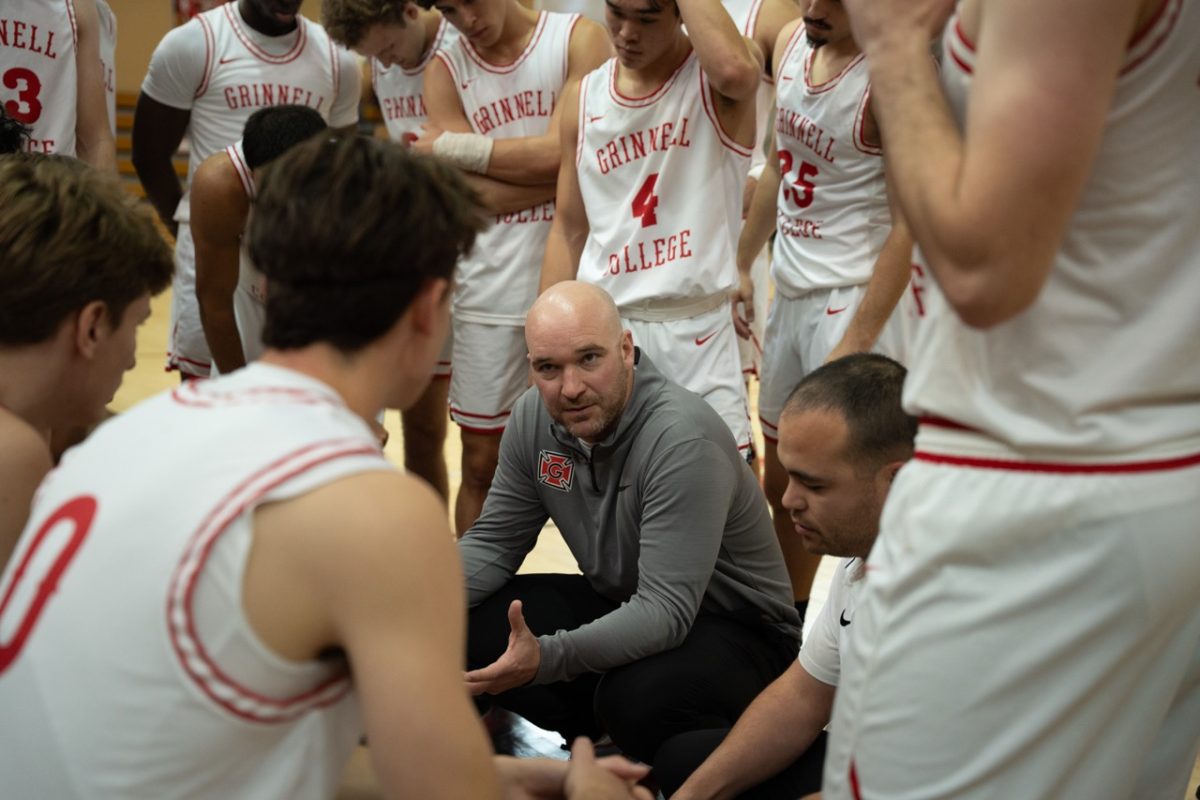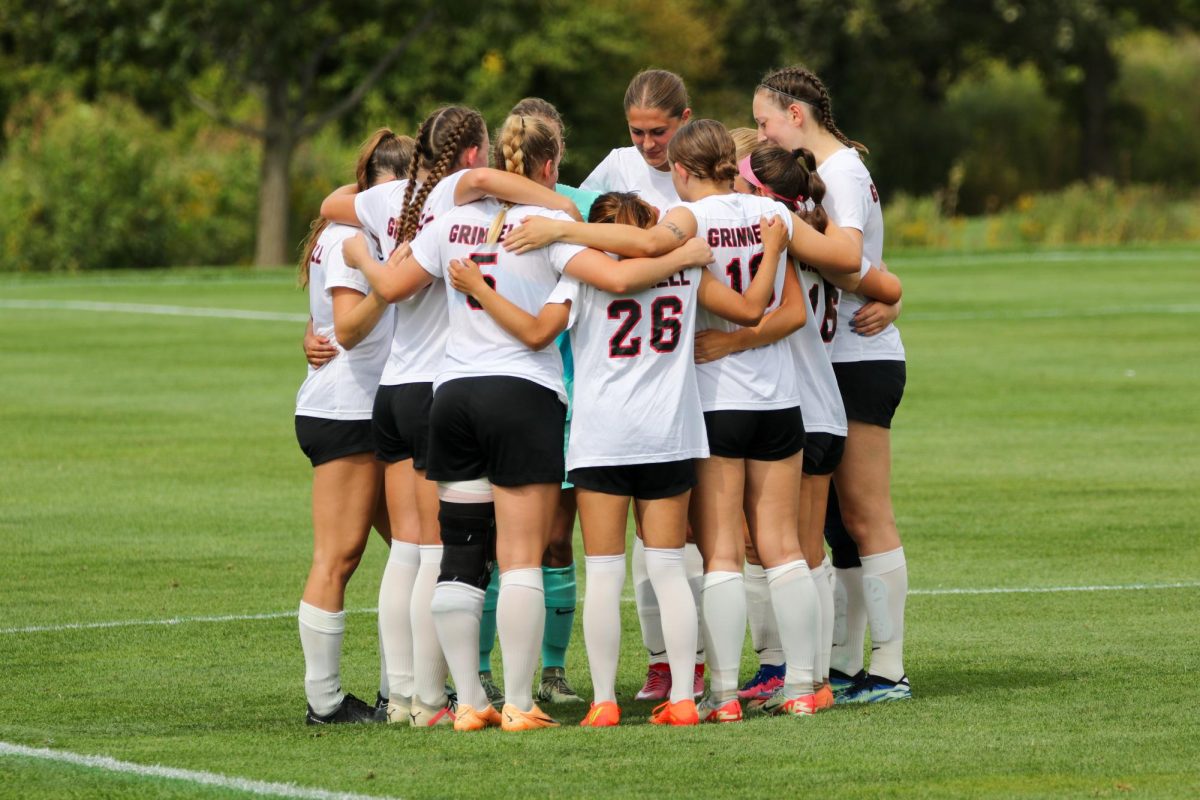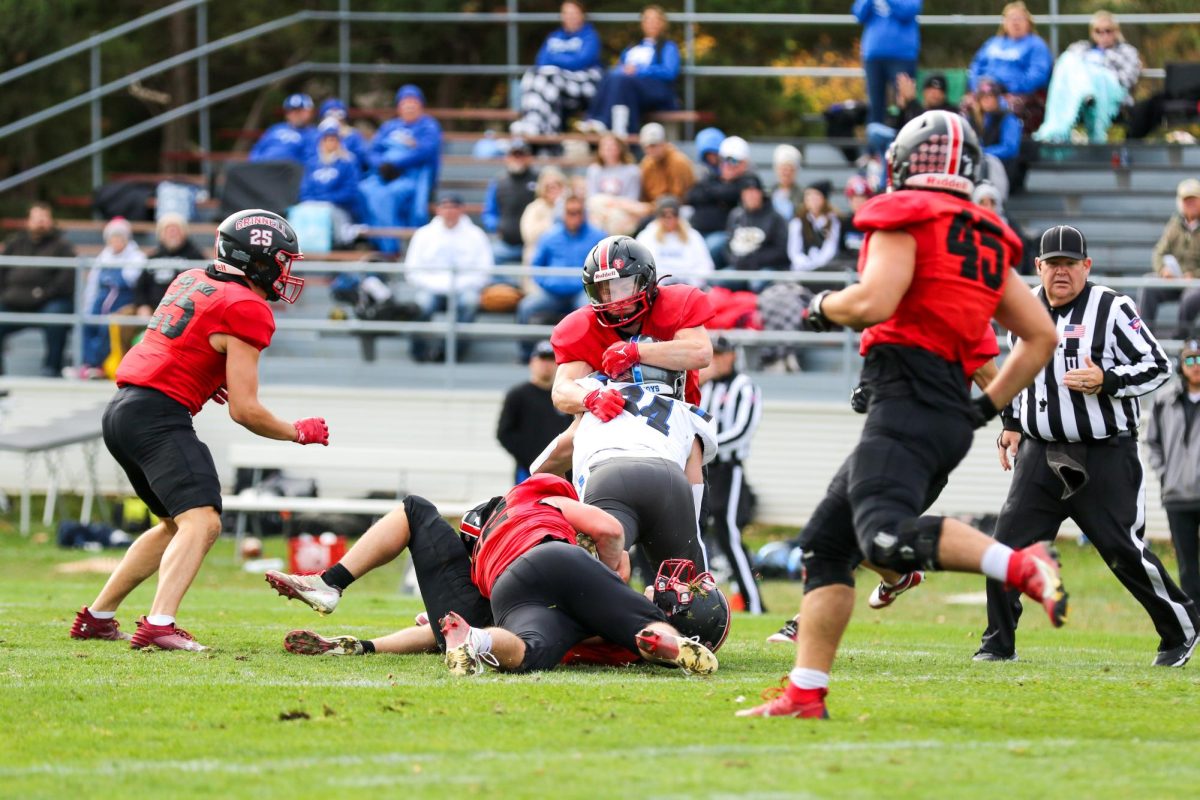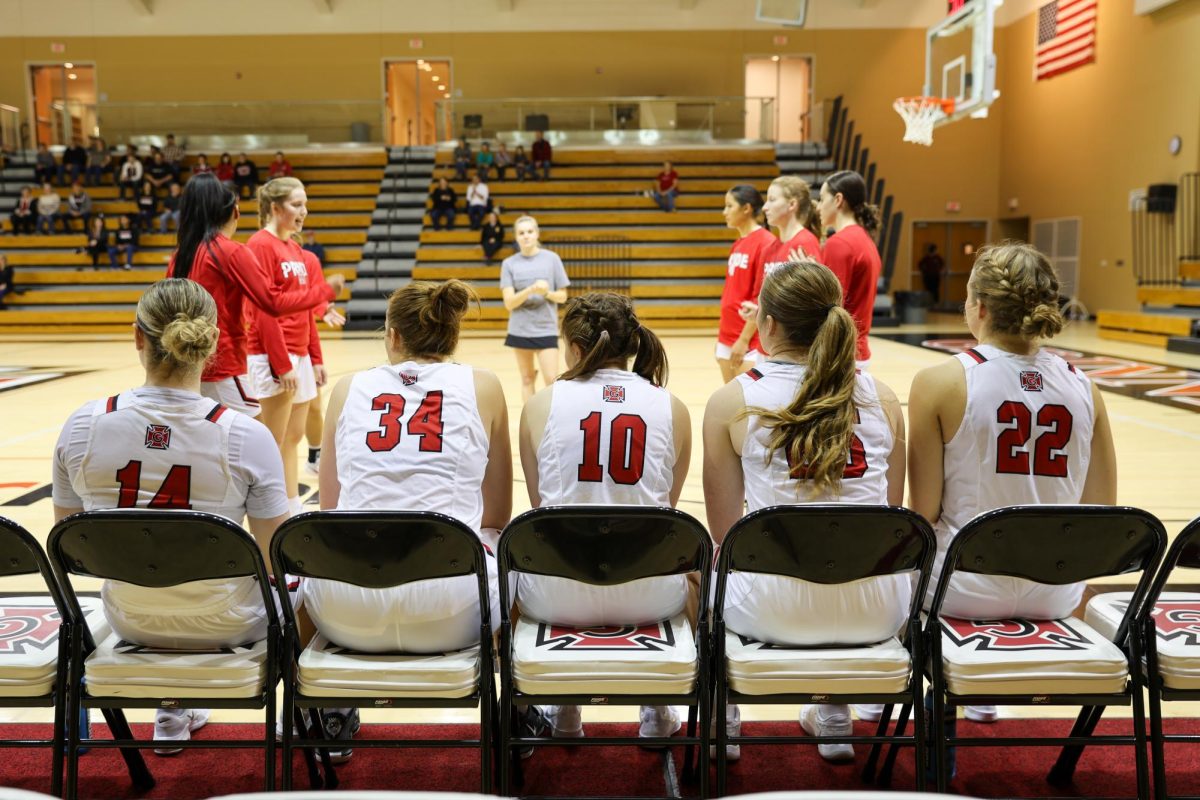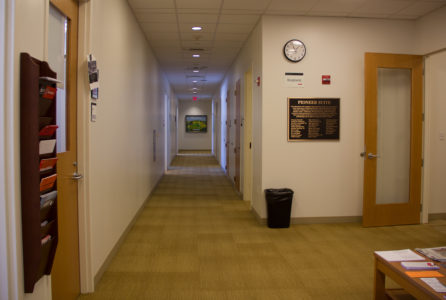
By Kelly Page
pagekell@grinnell.edu
Whether working out at the Bear, taking a bowling class or participating on a sports team, many Grinnellians interact with the athletics department fairly often. But with all the resources it provides, one might wonder who is paying for it all.
The athletics department at Grinnell College receives most of its funding from the school’s operating budget, which draws from money gained through tuition, government grants, donations and the endowment. The Dean’s Office determines budgets by taking into account what different sports have cost in previous years as well as a budget request on behalf of the coaches, made by Director of Athletics Andy Hamilton ’85.
“We have a history of the budget, and we look at where our needs are. At this point in the College’s operations, we’re using historical evidence about how we build the budget for the future,” Hamilton said.
Aside from the spending that comes from the College’s operating budget, athletics also receives gifts from donors, many of whom are families of students or alums. Often, these gifts are intended to provide specific things for specific teams, such as a recent gift to the soccer team, which provided new storage facilities for equipment.
Hamilton said that this is part of a trend where “institutions are becoming focused on ‘designated giving,’” encouraging potential donors to focus on specific needs. This way donors can make sure that they understand where their money is going and the difference they are making. It also enables families to add funding to sports in which their children are involved.
Timothy Hollibaugh, head baseball coach and assistant football coach, shed light on the coaches’ perspective of athletics budgeting. He said that coaches make assessments about how much funding they will need based on things like the number of people on the team, equipment costs and whether old equipment needs to be replaced and the cost of travelling to games.
“There are times when we need things but have to wait a few years. As a whole I think the College supports music, theater, the arts and sports well and is fiscally responsible,” Hollibaugh said. One issue that he has run into with athletic funding is that it can be difficult to predict costs for spring sports, so students sometimes need to contribute their own money for travel. However, he said this has never presented an obstacle to participation for any students.
For the past few years, there has been an increase in the College’s spending on athletics from the operating budget. Under the Equity in Athletics Disclosure Act, colleges are required to report their spending on athletics every year. Last year the school allocated $3,285,557 to athletics, but the year before it spent $2,776,591 and in 2013 it spent $2,509,993. Hamilton said that spending on athletics can fluctuate depending on the school’s economic standing — after the 2008 economic crisis the department cut funding by 15 percent in two years, allowing individual coaches to determine where they wanted to make cuts.
“Since about 2009 or 2010, we’ve been slowly introducing that 15 percent back into the budgets,” he explained.
Grinnell spends a seemingly average amount of money on sports compared to other schools of similar sizes in the conference. Last year, Grinnell spent $1,338,423 on men’s sports, while Macalester spent $1,402,725 and Monmouth spent $1,104,342. For women’s sports, Grinnell spent $970,430, Macalester spent $1,057,481 and Monmouth spent $744,317. Grinnell also has the smallest number of student athletes of any of these institutions, with 516 student athletes compared to Macalester’s 545 student athletes and Monmouth’s 528.
However, Grinnell’s men’s recruiting budget is much higher than either of these two institutions, and the College spends roughly twice as much on men’s recruiting as women’s recruiting, although this gender discrepancy in recruiting funds seems like a typical trend throughout the conference. Last year Grinnell spent $67,746 recruiting men, while Macalester spent $35,001 and Monmouth spent $38,308. Grinnell therefore is placing almost twice the amount of money into men’s recruiting than its peer institutions. Most of recruiting involves travelling to see high school tournaments, at which coaches scout for promising players and recommend they apply to the College.
In short, Grinnell’s athletics department is funded similarly to academic disciplines at the College. Coaches and deans construct a budget that provides a plethora of resources for every student-athlete.



















































